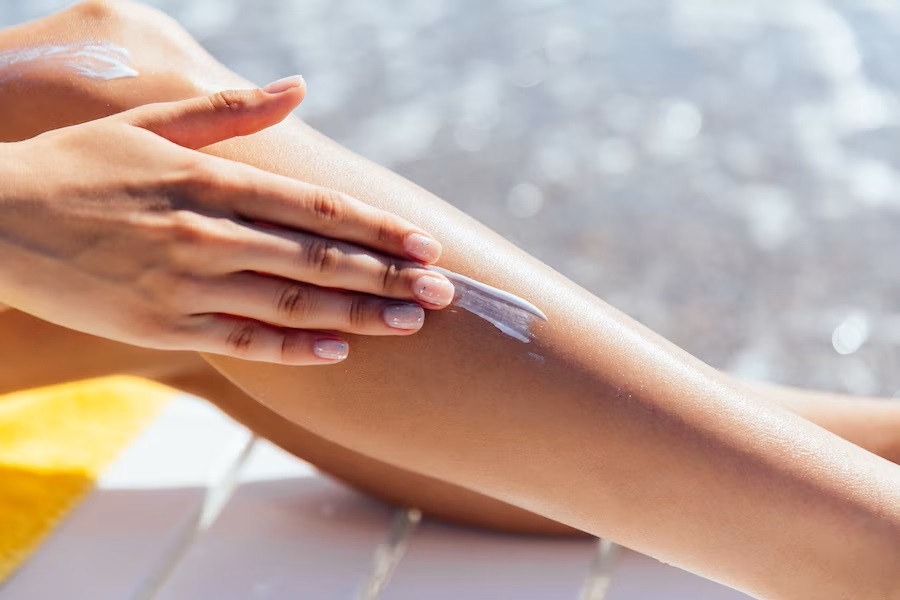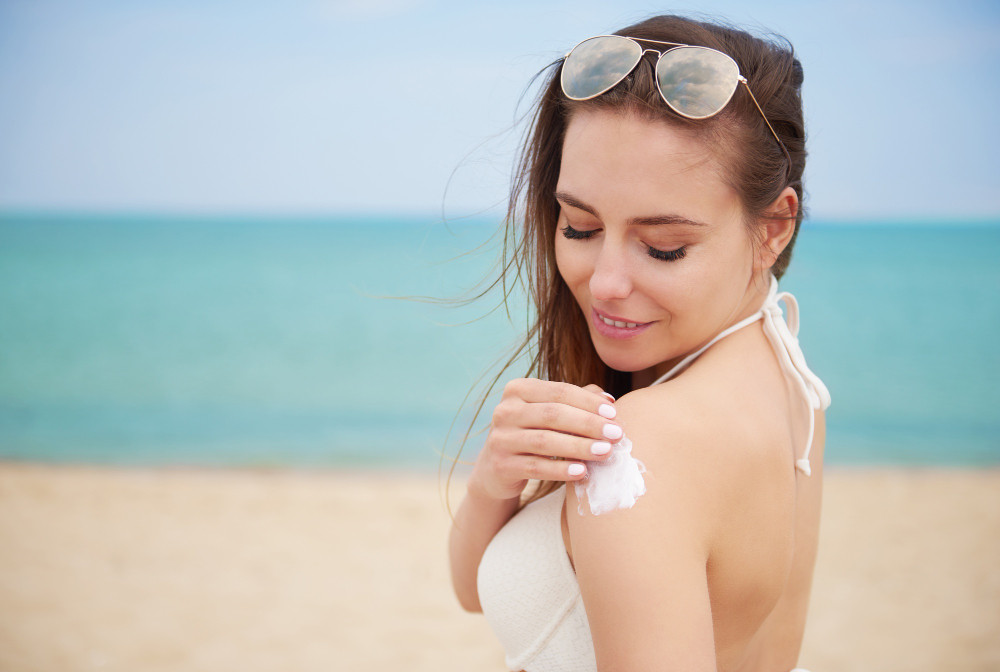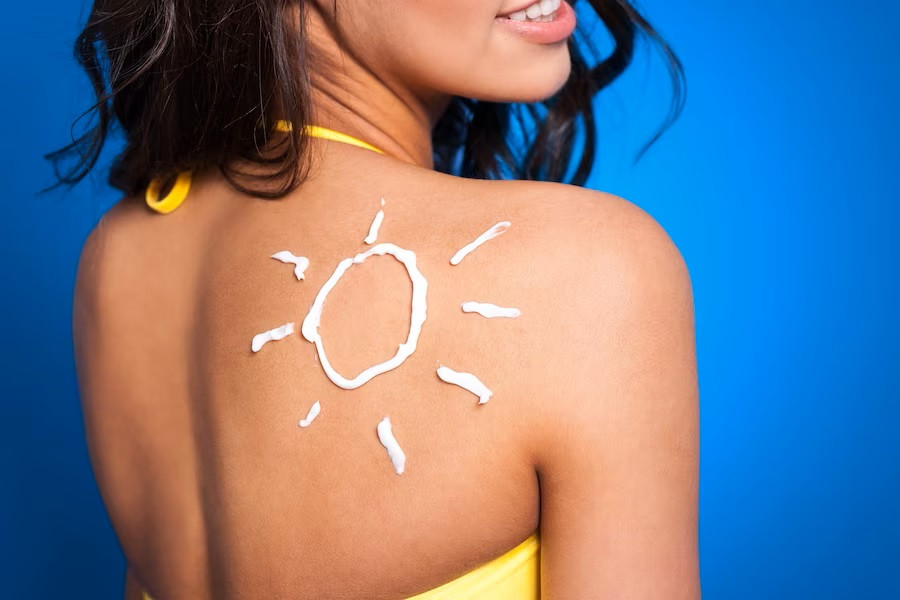Sunscreen is an essential product used to protect the skin from the sun. It can also help prevent skin cancer and premature aging that can occur due to exposure to ultraviolet rays when used regularly.
To provide effective protection, sunscreen should be applied evenly over all sun-exposed skin. In addition, you also need to reapply sunscreen within a certain period, depending on the activity you are doing and whether you are outdoors for a long time.
The SPF level is an important number to understand how much protection a sunscreen product provides in protecting the skin from harmful ultraviolet B (UVB) rays.
What is SPF?
SPF or sun protection factor is an important measurement that represents a sunscreen's ability to protect the skin from harmful UVB rays. UVB rays are responsible for sunburn and skin cancer. In addition, a broad-spectrum sunscreen can protect the skin from both UVB and UVA rays.
Generally, sunscreens on the market should be able to offer broad-spectrum protection against ultraviolet A and B rays. Based on the SPF value, the protection levels of sunscreens on the market such as:
- Low protection: SPF less than 15
- Medium protection: SPF between 15 and 29
- High protection: SPF between 30 and 49
- Very high protection: SPF 50 or more
Why Reapply Sunscreen?
The protection provided by sunscreen can diminish with time and activity. You need to reapply sunscreen on your skin so that it can still protect your skin.
In addition, reapplying sunscreen is also important for several reasons, such as:
Harmful effects of ultraviolet rays
Exposure to ultraviolet rays on unprotected skin can make you susceptible to sunburn, premature aging, and skin cancer. Sunscreen can prevent this from happening. Reapplying sunscreen is recommended every few hours because you can still be exposed to UV rays even if you are 1 meter underwater, or under an umbrella and cloudy weather. 80% of UV rays can still pass through even very thick clouds.
Sweat
During physical activity, the body will sweat. Sweat can remove some of the sunscreen from the surface of the skin resulting in less protection.
Water activities
Doing water activities or swimming risks eroding the sunscreen on the skin. Therefore, you need to use a waterproof sunscreen and reapply every 40 minutes to protect your skin properly.
Protection time
Generally, sunscreen should be reapplied every two hours, especially after heavy sweating or swimming. If you are working indoors and away from windows, you may not need to reapply sunscreen to your skin. However, if you are outdoors, apply sunscreen at least once every two hours.
When swimming, sunscreen should be reapplied every 40 minutes or as directed. Don't forget to choose a water-resistant sunscreen. If the water resistance level is very high, sunscreen can be reapplied every 80 minutes.
How to Reapply Sunscreen?
- Regardless of the SPF level of your sunscreen, it should ideally be reapplied every two hours when outdoors or exposed to the sun. Before reapplying, make sure to dry the skin to help the sunscreen stick better.
- Do not hesitate to use a sufficient amount of sunscreen for optimal protection, especially on the torso.
- Spray-on sunscreen can be helpful when you're very active or sweaty. Make sure to spray evenly and sufficiently, and avoid getting it in your eyes.
- Choose a sunscreen that is resistant to sweat and water to help maintain its effectiveness
If you have certain skin conditions, such as sensitive skin or acne, you can consult your doctor to find a sunscreen product that suits your skin type. If you need medical advice or consultation, you can either visit a doctor or make use of the consultation features that are available in the Ai Care application by downloading the Ai Care application from the App Store or Play Store.
Looking for more tips and tricks for health, first aid, and other home remedies? Click Here!
- dr. Siti Marsiana Meriam
John Hopkins Medicine. Sunscreen and Your Morning Routine. Available from: https://www.hopkinsmedicine.org/health/wellness-and-prevention/sunscreen-and-your-morning-routine
WebMD. Sunscreen: How to Select, Apply, and Use It Correctly. Available from: https://www.webmd.com/children/sunscreen-use-correctly
Markus MacGill (2018). Which sunscreen should I use?. Available from: https://www.medicalnewstoday.com/articles/306838
Jane Varner, MD. How Long Does Sunscreen Last?. Available from: https://www.sutterhealth.org/ask-an-expert/answers/how-long-does-sunscreen-last
Steven Q. Wang, MD (2023). Ask the Expert: Does a High SPF Protect My Skin Better?. Available from: https://www.skincancer.org/blog/ask-the-expert-does-a-high-spf-protect-my-skin-better/











